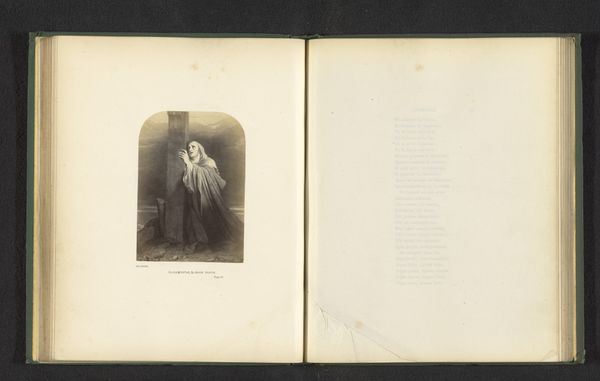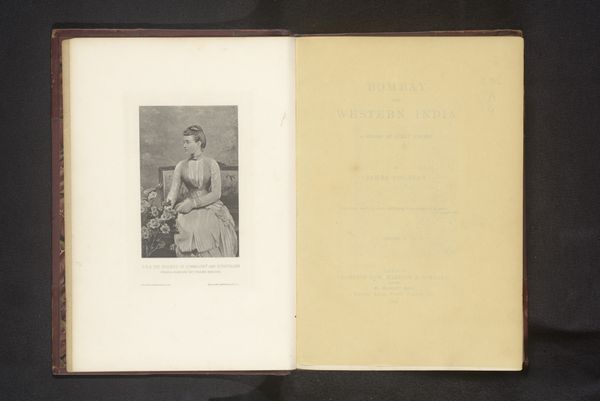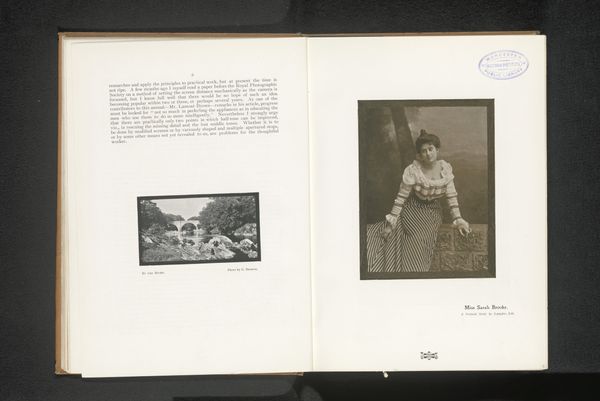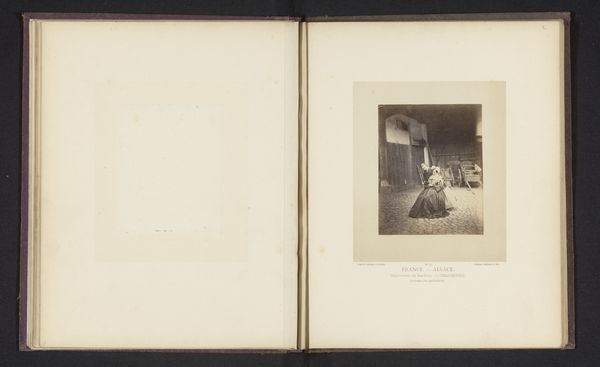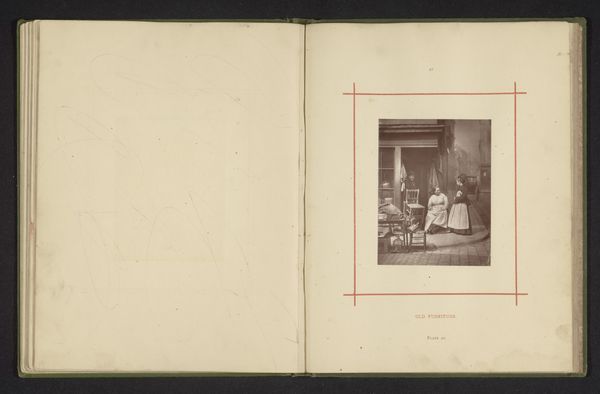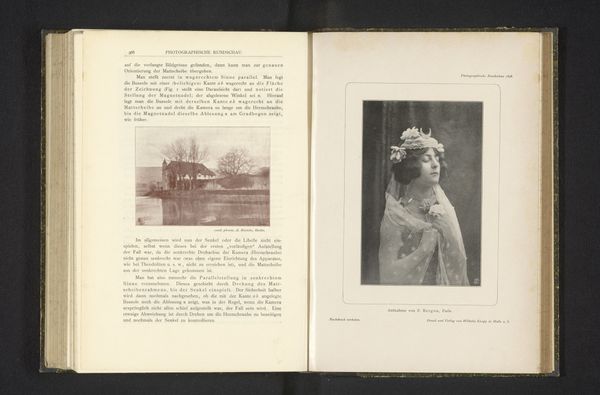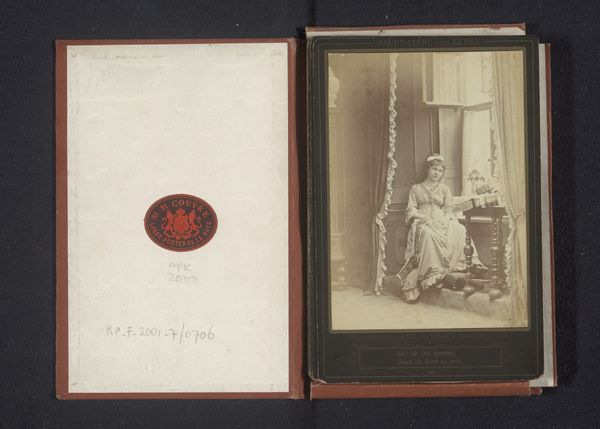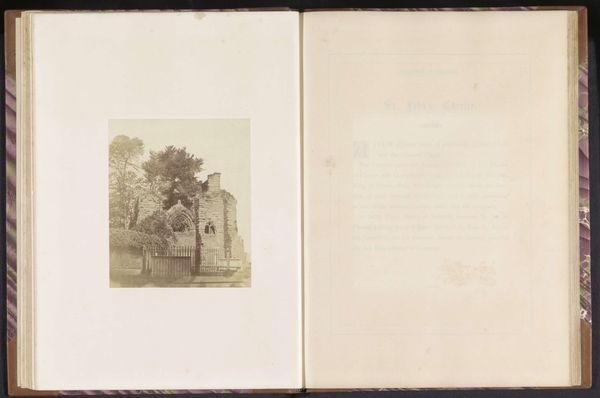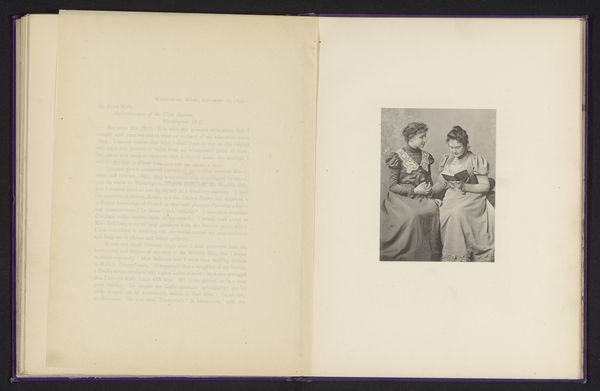
photography, albumen-print
#
portrait
#
landscape
#
photography
#
park
#
albumen-print
Dimensions: height 146 mm, width 101 mm
Copyright: Rijks Museum: Open Domain
Curator: This albumen print, entitled "Four Riders on Horseback in Hyde Park," was created by W. Charles sometime before 1898. What are your initial thoughts? Editor: A procession, an anticipation of power. There’s a stark stillness, despite the implied motion of horses and riders. It feels like the calm before a significant social event. Curator: It’s fascinating how this photograph, produced well before the turn of the century, captures the evolving role of photography in documenting and shaping perceptions of British social life. Hyde Park itself was a critical stage for social display. Editor: Absolutely. Horses, of course, have resonated across time, symbolizing everything from conquest and royalty to status, liberty, virility, even grace, which are all invoked by this photograph. The linear arrangement underscores those qualities through repetition. Curator: The positioning certainly seems to enforce a visual hierarchy. Hyde Park offered a public arena where class distinctions could be both reinforced and subtly negotiated through displays of wealth, leisure, and horsemanship. Do you see any attempt by the photographer to undermine it, or simply capture the zeitgeist? Editor: While the figures aren't individually characterized and seem rather flat as people, I feel there’s an implied critique here. Perhaps it's simply a commentary on the rigidity of the social structure, the uniformity demanded, rather than a celebration. Curator: I wonder, too, about the role the emerging medium played. Early photography democratized portraiture but also imposed its own kind of social ordering, determining who was deemed worthy of representation. It helped the growing middle classes aspire to ideals established by aristocracy. Editor: I agree, and note also that this image invites consideration of how social hierarchies and archetypes persist. Its muted palette further reinforces the impression of historical weight, yet evokes timeless human pursuits and passions. Curator: Indeed. Studying the work tells a bigger story of how the photographic image began influencing societal change and perception, both echoing and reshaping contemporary consciousness. Editor: A silent ride, then, laden with historical and psychological implications still worth unpacking, even today.
Comments
No comments
Be the first to comment and join the conversation on the ultimate creative platform.
